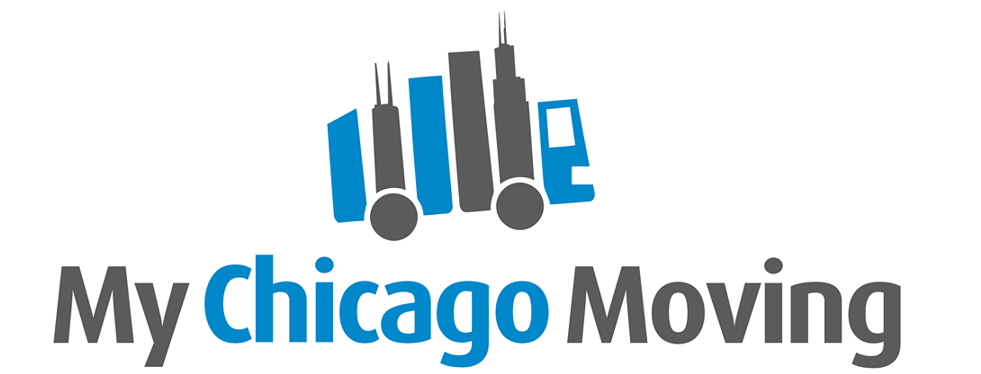Whether you’re purchasing new appliances, or moving your appliances from your old home to your new, there are a number of decisions you need to make before moving day. With a bit of planning, you can limit your stress during this time of transition.
SHOULD YOU MOVE YOUR APPLIANCES?
Deciding whether to take or leave your appliances when you move can be complicated and confusing. Here are some factors to consider as you decide what to do with your major appliances as you move.
Purchase agreements
Before deciding whether to move your appliances, discuss the terms of your purchase agreement with your realtor. You may be required to leave some or all of your appliances in your old home. Often, built-in appliances such as dishwashers and wall ovens are included with a home purchase.
Freestanding appliances like a washer and dryer or a refrigerator often are not included so you may consider moving to your new home, but it’s always best to double check. If you want to move your old appliances to your new home, be sure to include that in the discussion as you sell.
Leaving your appliances
There are a number of reasons to replace your appliances instead of taking them with you. If you are just starting to think about selling your home, newer, name-brand appliances may increase its value. Before deciding to replace your current appliances with lesser brands or used versions in order to move them with you, think about how that could impact your home’s selling price. Older or off-brand appliances may negatively impact your home’s selling value. In the end, the money you’d spend replacing appliances may be less than what you would make selling your home.
You’ll also want to make sure your appliances will fit your vision for a new kitchen or laundry room. Your new kitchen will probably have a different shape and flow and may require different appliances with different aesthetics. Plus, your new home may already be outfitted with appliances that fit its design better, in which case, you should try to get them included in your new home’s purchase agreement.
In addition, consider the running cost and environmental impact of your current appliances. If they’re older, they may use more water and energy than newer models. You may want to replace them or use the ones included in your new home in order to save on utility bills and lessen your home’s impact on the environment.
Moving your appliances
There are some advantages to taking your appliances with you when you move. High-end or expensive appliances may be difficult to replicate in your new space. Taking the appliances with you can ensure you keep the features you’re used to for your everyday life.
Taking appliances such as the washer and dryer can help you make your new space functional more quickly. Your laundry room can be up and running without any shopping or waiting for a delivery of new appliances.
If you are living in a rental home and purchased your own appliances, they probably belong to you. Unless you have another agreement, you are welcome to take those appliances with you to your new space.
Replacing appliances before moving
Make sure that the appliances you’re leaving in your old home are functional. Potential buyers may be turning them on to test them, and you want to be sure everything works. Broken appliances discovered after closing can make the home selling process more complicated and stressful for everyone. Make sure that you test your new home’s appliances to make sure they work.
MOVING YOUR APPLIANCES
If you’ve decided to move your appliances, there are a number of steps you must take so they arrive at your new home in top condition and ready for installation. It’s important to make preparations as you pack to avoid weeks without a kitchen or laundry.
Measuring spaces in your new home
Don’t forget to measure the spaces in your new home to ensure your appliances will fit. Geek Squad® also offers a pre-measurement service that can do your measurements for you. A nominal charge for this service is applied to your major appliance purchase from Best Buy. Stop at a Best Buy store to schedule this service.
Preparing appliances for a move
Most moving companies will not disconnect or prepare your appliances to move them, so you may choose to hire a licensed professional or do it yourself. If you decide to move them yourself, here are some tips to help move your appliances safely:
- Turn off water, gas and electricity ahead of time for safety reasons
- For each appliance be sure to unplug, clean and secure any detachable or moving parts
- Tape plugs to each machine so they don’t get pulled or tripped on
- Unplug appliances that use water, such as a dishwasher, washing machine or refrigerator, at least 24 hours ahead of time, drain them, and clean thoroughly
- Defrost the freezer on your refrigerator, which may take longer than 24 hours, then clean and dry it afterward
- For a dryer or range that is connected to natural gas, please check with a professional about how to safely disconnect it from the wall
Before you move your appliances out of the home, protect your floors. You can use cardboard, moving mats/blankets, or plywood to protect tile or hardwood from damage. Remove any cabinetry or moldings from the area as well as any boxes that might clutter your space.
Pack any accessories, hoses or vents along with the manuals and warranties for the appliances in a clearly marked box. In order to install your appliances as soon as possible, this box should be readily accessible during your move.
Installing appliances
Appliance installation can be tricky, and it may be best to hire a licensed professional to help with your install. If you hired pros to disconnect and prepare your appliances, ask if they have an installation option. They may even transport your appliances for you.
If you’re planning on installing appliances yourself, here are some tips to make it as easy as possible.
- Get a friend or family member to help you, so you don’t hurt yourself
- Replace any vents, hoses or attachments that have significant wear or that aren’t compatible with the connections in your new home
- Turn off water, gas and electricity for your safety
- Protect your floors
- Carefully follow all instructions in the manuals that came with your appliances. If you’ve misplaced the manuals, visit the manufacturer’s website for instructions
PURCHASING NEW APPLIANCES
Imagine your kitchen as you’d like it to function. Be inspired by your new space. Make a list of how you’d like to use your kitchen or laundry room and use it to guide your decisions.
Measure
Having the measurements of your spaces before you begin shopping will help narrow your options. Geek Squad also offers a pre-measurement service that can do your measurements for you. A nominal charge for this service is applied to your major appliance purchase from Best Buy. Stop at a Best Buy store to schedule this service.
Budget
Set an overall budget for your appliances. If you want a more expensive range or refrigerator, you may have to sacrifice some features on your dishwasher. If your laundry room is important to you, you may want to choose kitchen appliances that are a little less expensive. Knowing how much you can spend will help you set your priorities as you imagine your new home.
ENERGY STAR
Before buying, be sure to research which features are important to you, including ENERGY STAR certified appliances. These appliances can save you money on your utility bills, reduce your energy use, and help protect the environment.
Capacity
Appliances last a long time, so when choosing the size, think of where your family is headed rather than where they are right now. If you’ll have grandkids or more children, you may want a larger refrigerator or extra-large capacity washer and dryer. If you think you’ll be hosting holidays or large family gatherings in the future, a double oven or warming drawer will give you the ability to cook larger meals at different temperatures.
Style and design
Think about the layout of your home. If your kitchen is an open format that can be seen from your living or dining room, you may want to factor that in when choosing a color or finish so that it matches your home design aesthetic. If you have a lot of built-in cabinets, a counter-depth refrigerator may look best. A cooktop and wall oven may work better with a kitchen island, rather than a traditional range. Use your imagination, and have fun designing a functional new space.




